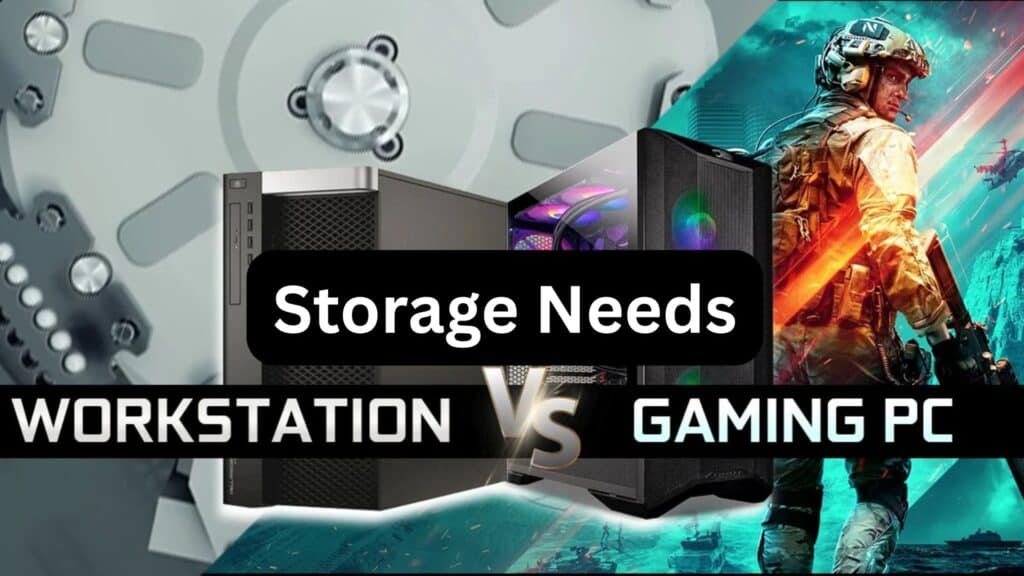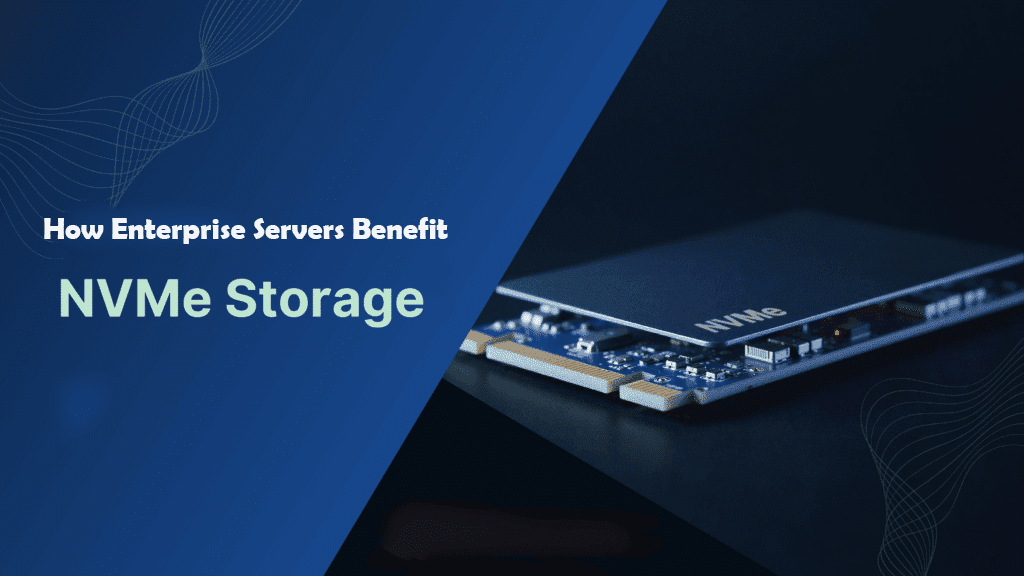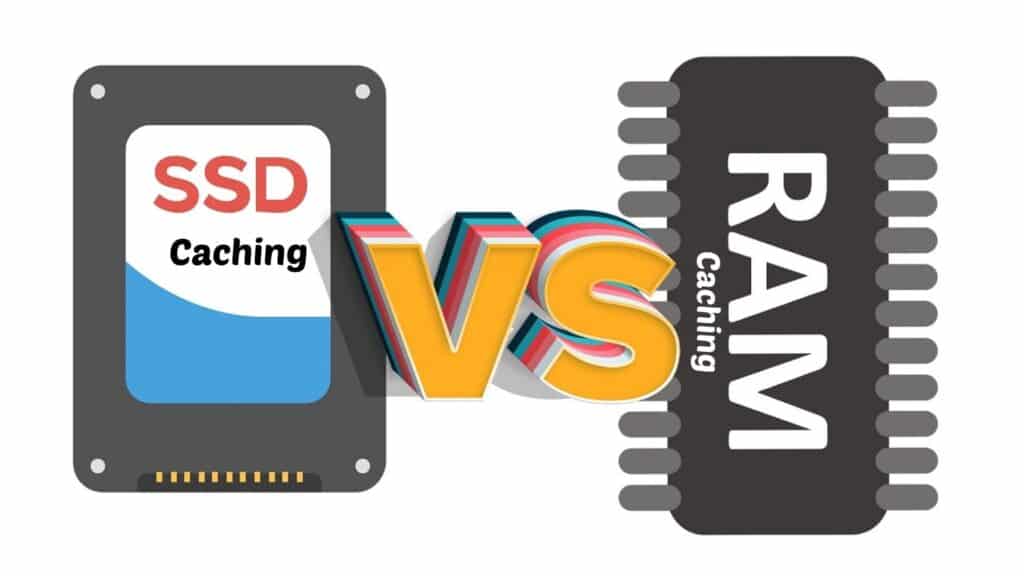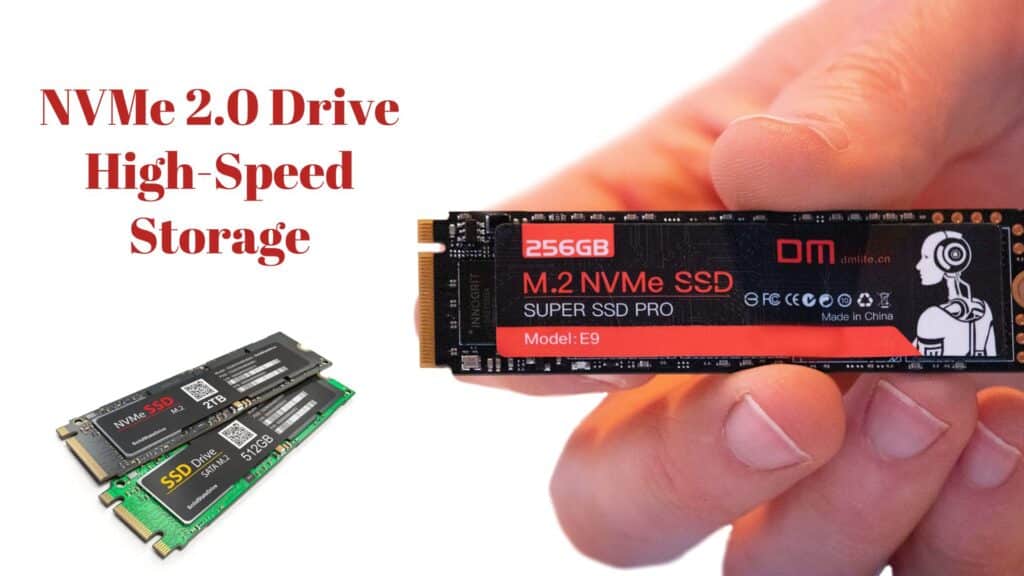The Role of Flash Storage in Cloud Computing and AI
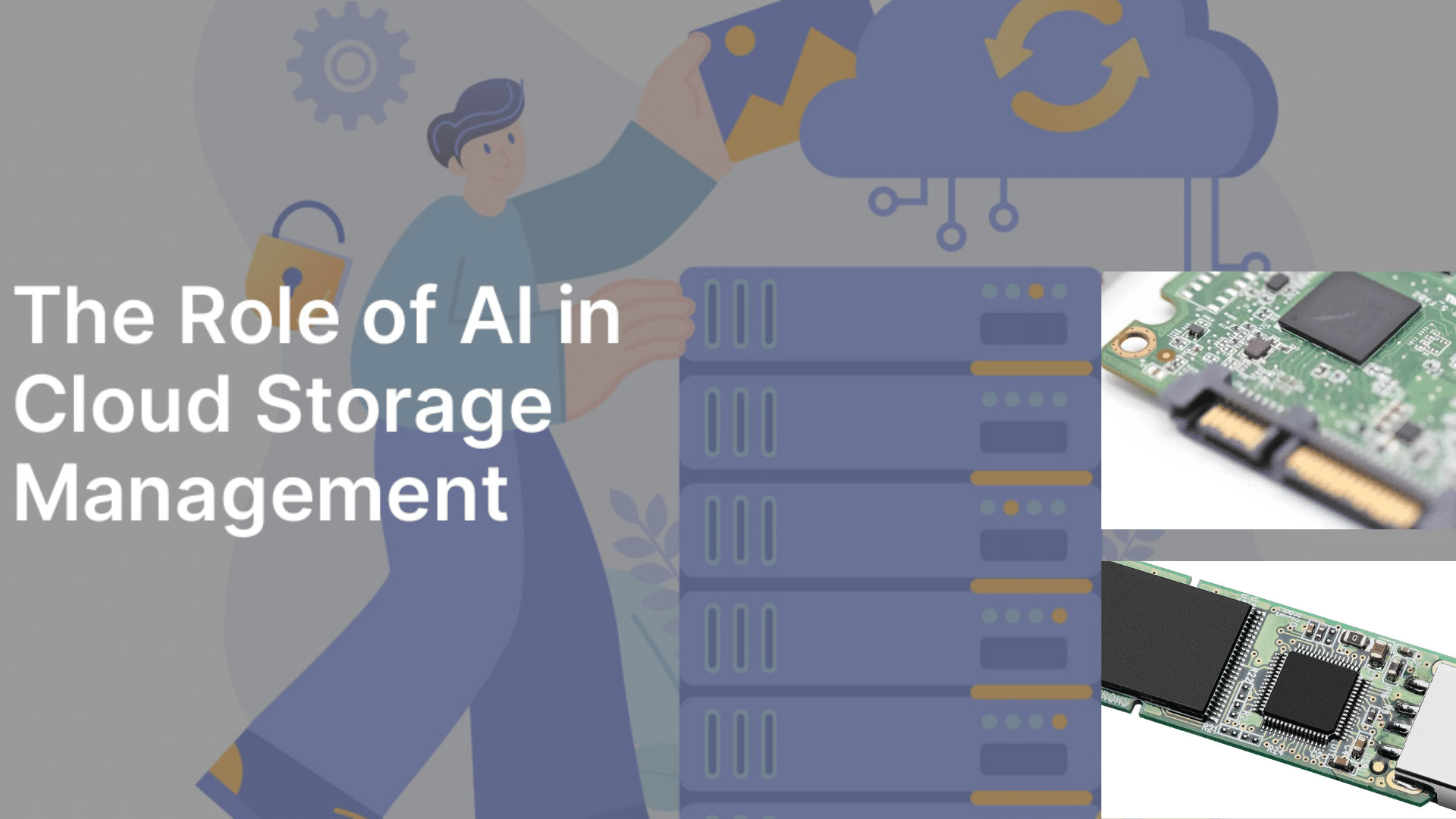
In today’s digital landscape, flash storage, cloud computing, and AI are driving innovation and reshaping IT infrastructure. Businesses are increasingly adopting cloud-based solutions, while artificial intelligence continues to advance in fields such as healthcare, finance, and automation. The demand for high-speed, scalable, and energy-efficient storage solutions is higher than ever. Flash storage is emerging as a key enabler, revolutionizing data centers, optimizing cloud performance, and accelerating AI workloads. Understanding its impact on these fields can help businesses and IT leaders make informed infrastructure decisions.
What Is Flash Storage?
Flash storage is a solid-state technology that uses non-volatile memory to store data. Unlike traditional hard disk drives (HDDs), which rely on spinning magnetic disks, flash storage offers near-instant data access, significantly reducing latency. This is crucial for industries that require real-time data processing and seamless access to information.
Over the years, flash technology has evolved to meet the increasing demands of cloud computing and AI. With its high-speed read/write capabilities, flash storage supports large-scale workloads, real-time analytics, and machine learning applications. Cloud providers, data centers, and enterprises rely on flash-based storage solutions to improve efficiency, reduce power consumption, and enhance overall system performance.
Why Flash Storage Matters for Cloud Computing
Cloud computing depends on rapid data access, seamless scalability, and consistent performance. Flash storage plays a vital role in enhancing these attributes, making it a critical component of modern cloud infrastructure.
1. Speed and Low Latency
Flash storage offers significantly lower latency compared to HDDs, ensuring faster access to cloud-hosted applications and services. Whether it’s Software-as-a-Service (SaaS), Infrastructure-as-a-Service (IaaS), or Platform-as-a-Service (PaaS), flash-based storage enhances the user experience by reducing wait times and improving application responsiveness.
For example, cloud providers such as Amazon Web Services (AWS), Microsoft Azure, and Google Cloud have integrated flash-based SSDs to support enterprise applications and databases. The ability to quickly read and write data allows businesses to run critical workloads efficiently.
2. Scalability and Flexibility
Cloud providers must accommodate growing amounts of data while maintaining high performance. Flash storage enables scalable solutions by providing efficient data management and tiered storage options. Organizations can dynamically scale their storage needs, ensuring they only pay for what they use while maximizing speed and efficiency.
Traditional HDD-based storage systems often struggle with scaling due to performance bottlenecks. Flash storage eliminates these limitations, allowing cloud environments to expand effortlessly. Businesses leveraging cloud computing benefit from instant access to additional storage capacity without worrying about performance degradation.
3. Reliability and Durability
Unlike traditional spinning disks, flash storage has no moving parts, making it more reliable and less prone to mechanical failure. This reliability is crucial for cloud providers offering high availability and uptime guarantees. Businesses leveraging cloud services backed by flash storage experience fewer disruptions and data losses.
Data redundancy and failover mechanisms are further enhanced with flash storage, ensuring that mission-critical applications remain operational even in the event of hardware failures. Many cloud providers utilize solid-state drives (SSDs) in their data centers to improve resilience and reduce downtime.
4. Energy Efficiency and Cost Savings
Data centers consume massive amounts of power, and reducing energy usage is a priority for cloud providers. Flash storage is more energy-efficient than traditional HDDs, leading to lower power consumption and cooling costs. Over time, this translates into significant cost savings for cloud service providers and their customers.
For example, hyperscale data centers operated by major cloud providers have adopted flash-based storage to improve energy efficiency and minimize their environmental footprint. By replacing power-hungry HDDs with SSDs, companies can achieve sustainability goals while reducing operational expenses.
The Importance of Flash Storage in AI Workloads
Artificial intelligence requires vast amounts of data processing, real-time computation, and high-speed storage solutions. Flash storage has become essential for AI-driven applications, from machine learning models to real-time analytics.
1. Faster Training of AI Models
AI models require extensive datasets for training. Traditional storage systems often become a bottleneck, slowing down the training process. Flash Storage in AI eliminates this problem by offering rapid read/write speeds, enabling AI algorithms to access data faster and process it more efficiently.
For example, deep learning frameworks such as TensorFlow and PyTorch rely on high-performance storage solutions to manage large datasets. Flash-based storage enables data scientists to train models faster, leading to quicker insights and improved decision-making.
2. Real-Time Data Processing
AI applications such as autonomous vehicles, fraud detection, and predictive analytics rely on real-time data processing. Flash storage ensures that AI-driven decisions happen instantly, improving accuracy and reliability in real-world scenarios.
In industries such as finance and cybersecurity, AI-powered fraud detection systems analyze massive transaction datasets in real time. Flash storage accelerates these processes, helping institutions identify suspicious activities before they result in financial losses.
3. High Throughput for AI Workloads: Flash Storage in AI
AI workloads involve processing massive amounts of unstructured data, such as images, videos, and sensor data. Flash storage solutions provide the necessary throughput to handle these large-scale workloads efficiently, ensuring AI applications operate at peak performance.
For example, in healthcare, AI-driven diagnostic systems analyze medical images to detect diseases such as cancer. High-speed flash storage enables rapid retrieval and processing of patient data, reducing diagnosis times and improving patient outcomes.
The Future of Flash Storage in Cloud and AI
As the demand for cloud computing and AI continues to grow, flash storage technology will evolve to meet new challenges. Several key trends will shape the future of flash storage in these domains:
1. Advancements in NVMe Technology
NVMe (Non-Volatile Memory Express) has already revolutionized flash storage by providing faster and more efficient data access. Future advancements will further improve data transfer speeds, reducing latency and enhancing overall cloud and AI performance.
Cloud service providers are increasingly adopting NVMe-based SSDs to optimize data storage and retrieval processes. This technology will continue to evolve, enabling even faster storage solutions for AI-driven applications.
2. Integration of AI with Flash Storage Management
AI-powered storage management systems will optimize data placement, predict hardware failures, and improve resource allocation. This integration will enhance efficiency, reduce downtime, and improve cost-effectiveness for cloud providers and enterprises.
For instance, machine learning algorithms can analyze usage patterns to optimize storage configurations dynamically. This level of automation will further improve performance and reduce manual intervention in data center operations.
3. Higher Storage Density and Cost Reduction
The cost of flash storage continues to decline as manufacturers develop higher-density memory solutions. This trend will make flash-based storage even more accessible for businesses, accelerating its adoption across industries.
As technology advances, new forms of flash memory, such as 3D NAND and QLC (quad-level cell), will offer increased storage capacity at lower costs. These innovations will further drive the adoption of flash storage in cloud and AI environments.
4. Edge Computing and Flash Storage
With the rise of edge computing, where data processing occurs closer to the source, flash storage will play a crucial role in enabling real-time decision-making at the network edge. Applications such as IoT, smart cities, and autonomous systems will benefit from this shift.
For example, self-driving cars rely on AI-driven decision-making based on real-time sensor data. Flash storage enables these vehicles to process information instantly, ensuring safe and efficient navigation.
Conclusion
Flash storage is transforming cloud computing and AI by providing fast, reliable, and scalable storage solutions. Its ability to reduce latency, improve efficiency, and support high-performance workloads makes it an essential technology for businesses adopting cloud-based infrastructure and AI-driven applications.
As flash storage technology continues to evolve, it will unlock new possibilities, drive innovation, and reshape the digital landscape. By integrating flash storage into their IT strategies, organizations can optimize performance, reduce costs, and stay ahead in an increasingly data-driven world. The future of cloud and AI depends on fast and efficient storage solutions—and flash storage is at the forefront of this revolution.


